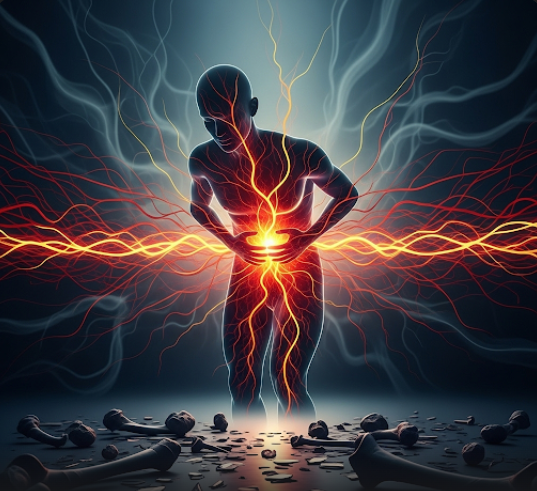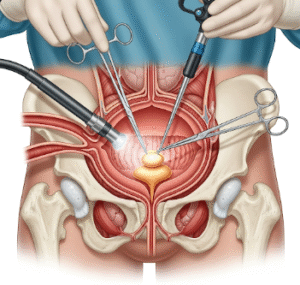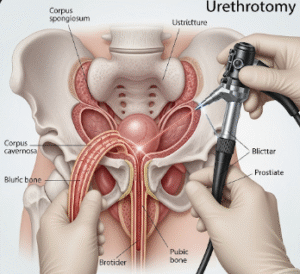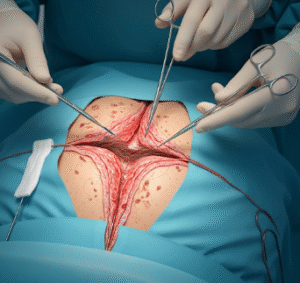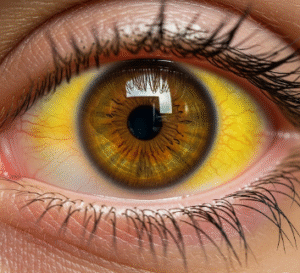Overview
Pain Disorder, also known as Somatic Symptom Disorder with predominant pain (in older terms), is a condition where a person experiences chronic pain that cannot be fully explained by a physical medical condition. The pain is real and distressing, but it is believed to have a significant psychological component. This condition affects a person’s daily life, mood, and functioning, often leading to frequent doctor visits and unnecessary medical tests.
What is Pain Disorder?
Pain disorder is a type of somatoform disorder characterized by ongoing pain in one or more areas of the body, where psychological factors are thought to play a major role in the onset, severity, or persistence of the pain. Although the pain is genuine, there is often no identifiable physical cause, or the pain is disproportionate to any observable medical issue. It is not “imagined” pain but a complex condition involving both mind and body.
Symptoms
- Persistent pain in one or more body parts (back, head, abdomen, limbs, etc.)
- The pain lasts for several months or longer
- The intensity of the pain may fluctuate without clear physical cause
- Emotional distress such as anxiety, depression, or irritability
- Impaired daily functioning, including social, occupational, and personal life
- Frequent medical visits and frustration with lack of diagnosis
Causes
Pain disorder often has both psychological and physiological contributors. Some key causes include:
- History of physical trauma or injury
- Chronic stress or emotional trauma
- Underlying mental health conditions like depression or anxiety
- Abnormal pain perception in the brain and nervous system
- Genetic predisposition or family history of chronic pain disorders
- Previous experiences of serious illness or surgery
Risk Factors
Several factors can increase the risk of developing pain disorder:
- Family history of somatic symptom or anxiety disorders
- Female gender (more common in women)
- History of childhood abuse or neglect
- Co-existing psychiatric disorders
- High levels of stress or poor coping mechanisms
- Cultural or social reinforcement of physical symptoms
Complications
Untreated pain disorder can lead to serious consequences for both physical and emotional health:
- Dependence on pain medications, including opioids
- Social withdrawal and isolation
- Depression and anxiety
- Decreased work productivity or loss of employment
- Strained relationships due to perceived exaggeration of pain
- Increased medical costs from unnecessary treatments or investigations
Prevention
While not all cases can be prevented, the risk and severity of pain disorder may be reduced through:
- Early diagnosis and treatment of mental health issues
- Learning healthy coping strategies for stress and trauma
- Regular physical activity and mindfulness practices
- Psychoeducation about the mind-body connection
- Avoiding overuse of pain medications
- Building strong support systems
Treatment Option in Korea
In South Korea, the treatment of pain disorder typically involves a comprehensive, integrated approach combining Western and Korean traditional medicine:
- Multidisciplinary Pain Clinics: Found in leading hospitals such as Samsung Medical Center and Seoul National University Hospital, these clinics use teams of neurologists, psychologists, and pain specialists to assess and manage chronic pain.
- Psychological Therapy: Cognitive Behavioral Therapy (CBT) is the most effective approach and is widely available. Therapists help patients reframe negative thoughts about pain and develop better coping mechanisms.
- Medication: Depending on the case, antidepressants (such as SSRIs or SNRIs), anticonvulsants, or non-opioid pain relievers may be prescribed to reduce pain and associated depression/anxiety.
- Physical Rehabilitation: Korean physiotherapy clinics provide physical exercises and massage therapies to improve mobility and reduce pain perception.
- Traditional Korean Medicine (Hanbang): Acupuncture, moxibustion, and herbal treatments are frequently used to address both pain and emotional imbalance. These treatments are supported by modern diagnostics and widely integrated with Western methods in Korea.
- Mindfulness and Relaxation Techniques: Yoga, guided meditation, and relaxation therapies are increasingly used in Korean clinics to reduce stress and improve mind-body awareness.
South Korea’s healthcare system ensures fast access to diagnosis and high-quality treatment for chronic pain conditions. The combination of modern science and traditional methods makes Korea a favorable destination for managing complex conditions like pain disorder.

